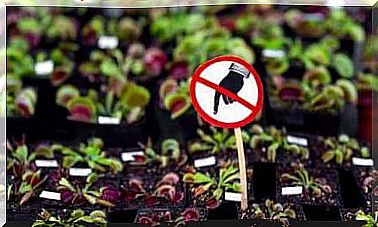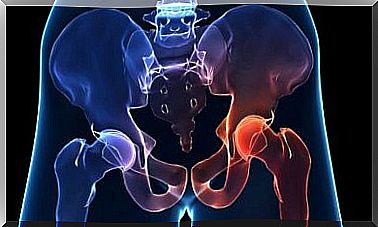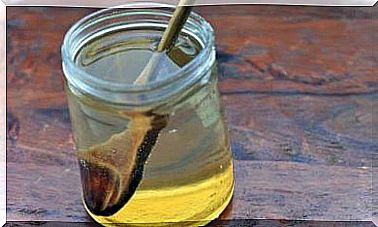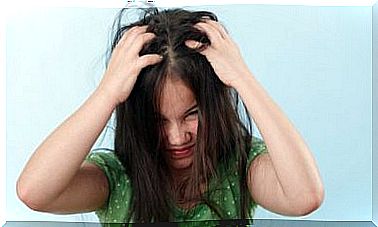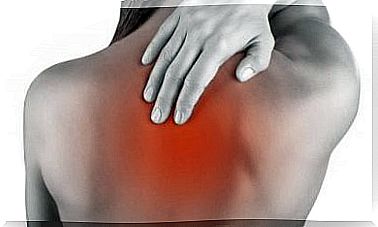Are Pacifiers And Feeding Bottles Harmful To Your Baby?
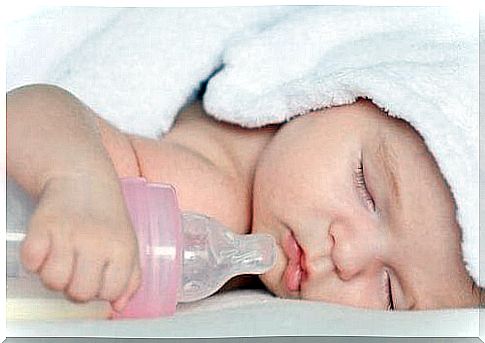
It is very common to use a pacifier and feeding bottle. There are mothers and fathers who choose to use them both, while others try to avoid them altogether. But is a feeding bottle harmful?
There’s a lot we do not know about them, but there are many controversies about the effects they have on a baby’s health. Overall, there are attitudes that they are basic, soothing and help nourish the child, but there are also conflicting views.
Mothers today are faced with two commonly used tools. They can certainly be beneficial in a way, but using them can also risk having a very negative impact. Below you can learn more about some of the truths behind the use of pacifiers and pacifier bottles.
Pacifier and feeding bottle: How do they work?

The use of both a pacifier and a feeding bottle is associated with the natural sucking ability, which is almost a reflex in babies. This reflex appears in the 32nd week of pregnancy, but it does not fully develop until the 36th week.
The sucking reflex, together with the swallowing reflex, helps to ensure the baby’s survival. Thanks to them, they can feed themselves, and help calm them when they are stressed. This is why babies suck on their fingers to soothe themselves.
These reflexes usually disappear around the age of six months. A baby will use it to lock onto the mother’s breast to feel calm and protected. If the baby does not get breast milk, these reflexes will be developed if you give it a pacifier and a feeding bottle to feed them.
Why use a pacifier and feeding bottle?
Breastfeeding mothers who try to introduce the use of a pacifier do not always get good results. Of course , babies prefer their mother’s breast not only for the sake of the food, but also because it soothes them.
When it comes to babies who cannot be breastfed, the pacifier and feeding bottle can replace their mother’s breast. The pacifier helps to create a non-nutrient-rich pacifier that has the calming effect, while the other provides nutrients.
How is a feeding bottle harmful?
When a baby sucks from a bottle, it is easier than sucking from their mother’s breast. Due to the milk coming out by itself, the muscle tension (hypotonia) decreases in the tongue, lips and cheeks.
As opposed to sucking on their mother’s nipples, there is more movement. The feeding head of the bottle is located at the back of the mouth, which requires coordination of movements between the jaw and the tongue to remove the milk.
Therefore, the pacifier and the ability to stop sucking and closing will no longer develop into a reflex. Instead, it becomes a gradual voluntary act.
Is the feeding bottle harmful? The effects of long-term use
A child who receives food from a bottle will have to constantly have to improvise the way he sucks, swallows and breathes when he eats the food so that it is not suffocated. However, using a bottle for more than one pacifier for a long time can have negative effects on the baby’s development:
- Risk of inhaling food. The reorganization of the muscle can cause a child to get food wrong in the throat or inhale the food.
- Prolonged episodes of apnea. Infants who receive infant formula tend to have a deeper sleep, but they may have disturbed breathing or periods when they have very low breathing during sleep.
- Ingestion may also cause nasal congestion. This will cause breathing problems in the long run.
- They may develop a habit of breathing. This can trigger respiratory infections, and impair their hearing.
- Their posture may change. Defects in the tongue and jaw cause poor placement of the head and neck relative to the waist and the vertical axis of the body to compensate for the imbalance.
- Development of teeth, mouth and pharynx may be affected. When a baby uses a feeding bottle, they do not put much force into the use of sucking, which is very important to balance the pressure of the inner (heavy and soft palate) and outer (lips and cheeks) muscles.
- There is an increased risk of cavities, especially if children drink before going to sleep. Sugar or sugary foods added to infant formula settle on their teeth. This happens when babies drink from their feeding bottle, and then fall asleep, without having their teeth brushed.
- Due to improper development of their masticatory muscles, problems with the oral pronunciation of the language can occur. Thus, there may be delays in speech development.
I can not breastfeed: What should I do?
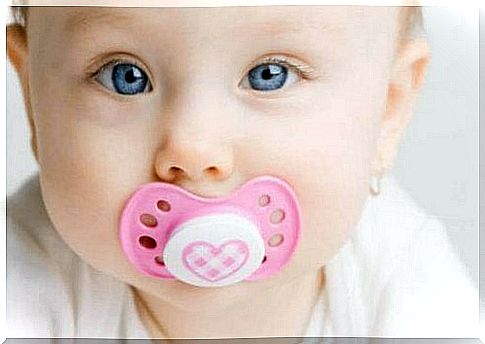
Also check out this article: The Cassation Method: Give bottle without disturbing your lactation
If you cannot breastfeed, it is best to use a pacifier and a feeding bottle for as little time as possible. However, there are mothers who use straws or small spoons before starting to use a bottle and do not let their babies use pacifiers. Carefully consider this decision before deciding if it will work for you and your baby.
In any case, it is important not to leave these utensils with their bedtime. Otherwise, this can create an addiction that can last for several years, making the feeding bottle harmful.
Allowing abuse of a pacifier or feeding bottle can cause your baby to become a future user of orthodontic appliances. Therefore, it is important to prevent your baby from creating possible problems with sucking and deforming bones and teeth. Unfortunately, this may also lead to a future need for speech development therapy.
Although this does not happen for all children, the odds may be greater or prolonged if the child continues to use the pacifier and feeding bottle.

